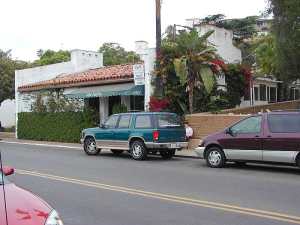We all can’t go out and buy a hybrid vehicle, and public transportation is often not an option. What are we supposed to do? Maximize your automobile efficiency!
Here are some tips for maximizing automobile efficiency from the owner of City Suburban Auto, 5674 N. Northwest Highway, Chicago, IL 60646 Phone: (773) 355-5550.
1. Change engine oil regularly. Check your owner’s manual. Most shops recommend doing this every 3,000 miles. It prolongs the life of your engine and can save money over the long run.
2. Rotate tires. Every 6,000 miles is usually recommended.
3. Check and replace air filter if dirty.
4. Make sure tires are properly inflated. Check this every 1-2 weeks. Many gas stations have areas for checking this. Properly inflated tires help you get better gas mileage.
5. Check spark plugs for wear.
6. Make sure your brake system is functioning properly.
7. Check and fill all fluids. Letting this go too long can damage your vehicle.
8. Check alignment.
9. Make sure there are no exhaust restrictions. Many states have required emissions tests.
10. Check steering & suspension components.
11. Make sure your battery is free of corrosion and that your charging system is working.
12. Make sure there are no hazardous fluid leaks. Even small leaks can allow hazardous fluids to enter the eco system.
Thank you to City Suburban Auto for the great advice! My husband and I keep our cars maintained regularly, and you should, too. It’s better for your car and for the environment.





